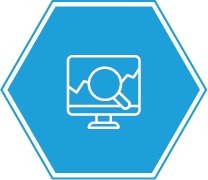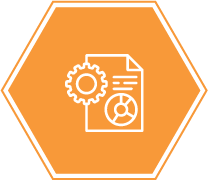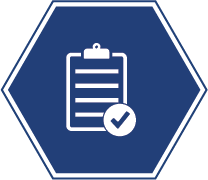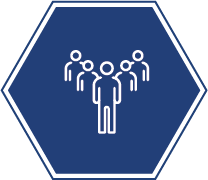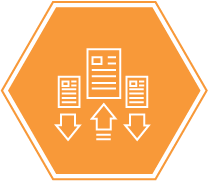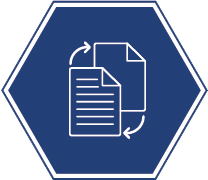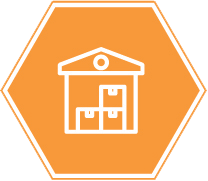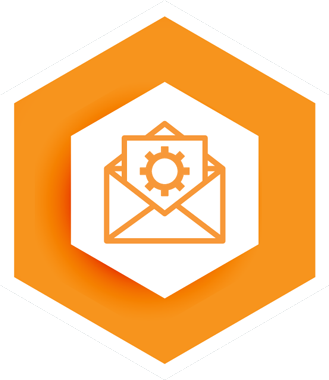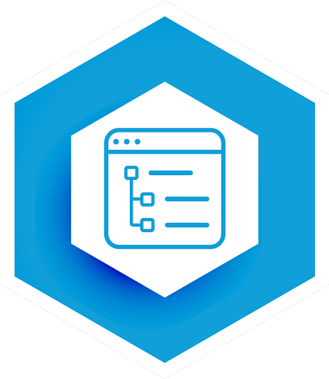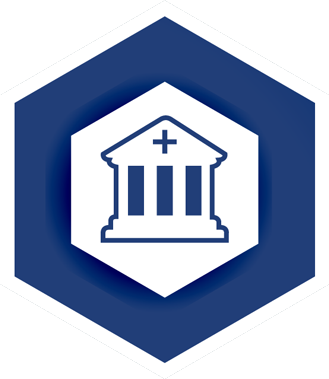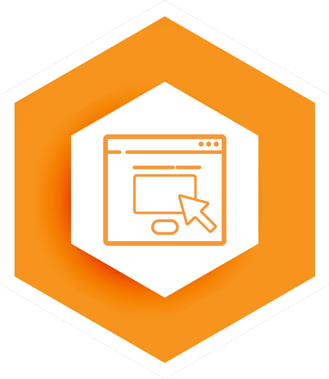
Over the last several decades, the primary responsibility of pharmacovigilance (PV) has been to collect, process and report adverse events (AEs) and other product safety information to regulators. The inherent process-driven nature of PV has defined the architecture of safety systems, which are mainly designed to structure the data and generate reports meant to fulfil the compliance requirements of regulatory bodies.
It is our belief that the extensive data collected by PV organizations is an invaluable resource, and needs to be leveraged beyond retrospective reporting to influence future decision-making. The rapidly evolving technology landscape gives us unprecedented opportunity to combine automation, cognitive technologies and advanced analytics to build a next-gen PV analytics and reporting system. It can transform pharmacovigilance from the process of compiling and preparing information for regulators to creating a learning system, which will optimize efficiencies, reduce cost and improve decision-making, thereby increasing product quality and patient safety.
Pharmacovigilance Analytics and the Legacy Systems
Pharmacovigilance analytics can be defined as the process of applying advance analytics techniques to voluminous and varied data sets containing extensive drug safety information to unravel hidden trends, patterns and correlations that can provide organizations valuable insights to take more informed decisions.
Therefore, for effective study and analysis of data, it is imperative for a safety system to compile data from diverse sources and across multiple platforms into a common format. This, coupled with the ability for deeper analysis will help derive actionable insights to predict and prevent adverse events. While the legacy approach to analysis has been to report and monitor, we need to move beyond to study data, evaluate trends, identify signals, predict outcomes and provide actionable intelligence.
Our vision for the next-gen PV Analytics and Reporting System
We have identified the key industry challenges and system gaps through our extensive and ongoing interaction with customers and industry experts. Some of the key drivers impacting the PV landscape include rising and unpredictable AE case volumes, personalization of medicine, increasing sources & exponential rise in real-time data, increasing complexity of global regulations, lack of investment in new and advance technologies for process improvements, and rising pressure to minimize costs among many others.
In our view, a truly next-gen PV Analytics and Reporting system should have the capabilities to not only satisfy the current system gaps (as stated above) but also to effectively provide for future needs. It should combine the power of advanced technologies, NLP and AI to automate processes, remove extensive infrastructure requirements, and intuitively self-learn to continuously improve capabilities.
The architecture of this future-ready analytics and reporting system should include:
- Unified Data: Capability to extract data from diverse sources and compile it in a standard format and in a unified space, with scalable data warehousing and data lake capabilities.
- Complete Automation: Cognitive case processing capabilities to substantially (and in time, completely) automate data intake & processing as well as operational & regulatory reporting that is scalable and designed to accommodate high case volumes and large data sets. This will free up resources for high value functions, increase process efficiency & accuracy, and lower operational costs.
- User-friendly Dashboard with advance analytics and real-time reporting capabilities: Dashboards need to be intuitive, graphics-driven, performance oriented with capability to generate customized need-based reports and a high degree of flexibility for advance analytics. A user should be able to drill down to the smallest level of detail they require and analyse data sets to extract valuable insights in a time efficient and effective manner. They should be responsive to accommodate the variety of devices used for consuming information. An added layer of voice-based interaction with the system can elevate the user experience and make it substantially more efficient.
- Visualization Tools: Visual representation of data and insights in the form of graphs, charts and other forms of visual cues enable faster interpretation of the nuances of data, which lead to quicker and more accurate decision making.
Ultragenic have developed a SaaS cloud-based Analytics solution with a powerful system architecture and the above stated capabilities. This will provide a sustainable solution that is flexible, scalable and meets stringent security standards to ensure data safety & privacy. With a usage optimized model, companies won’t have to worry about licensing multiple software tools and maintaining large & complex IT infrastructure, thereby substantially reducing the infrastructural load and organizational costs.
To know more, write to us at contactus@ultragenicglobal.com
